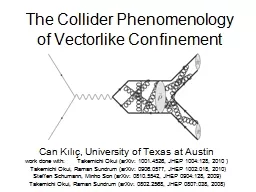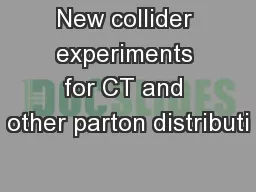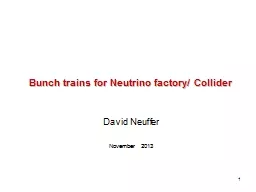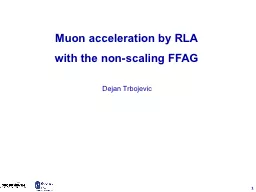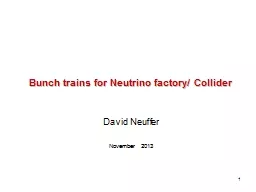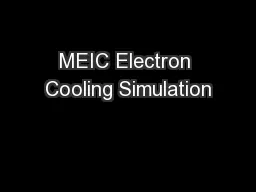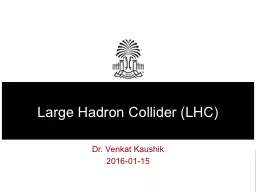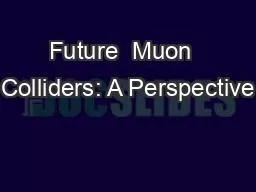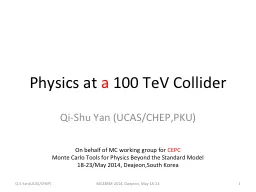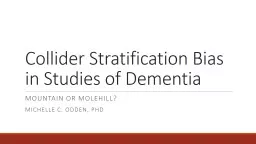PPT-The Collider
Author : ellena-manuel | Published Date : 2016-12-11
Phenomenology of Vectorlike Confinement Can Kılıç University of Texas at Austin work done with Takemichi Okui arXiv 10014526 JHEP 1004128 2010 Takemichi Okui
Presentation Embed Code
Download Presentation
Download Presentation The PPT/PDF document "The Collider" is the property of its rightful owner. Permission is granted to download and print the materials on this website for personal, non-commercial use only, and to display it on your personal computer provided you do not modify the materials and that you retain all copyright notices contained in the materials. By downloading content from our website, you accept the terms of this agreement.
The Collider: Transcript
Download Rules Of Document
"The Collider"The content belongs to its owner. You may download and print it for personal use, without modification, and keep all copyright notices. By downloading, you agree to these terms.
Related Documents

